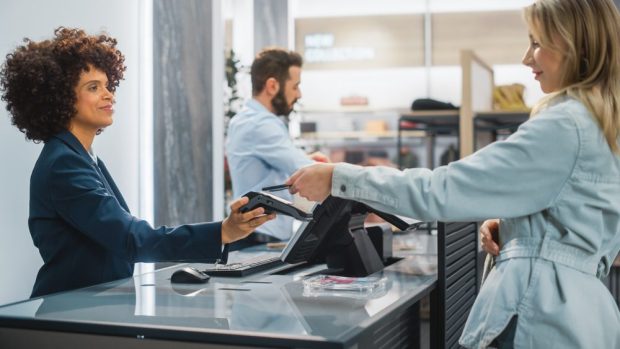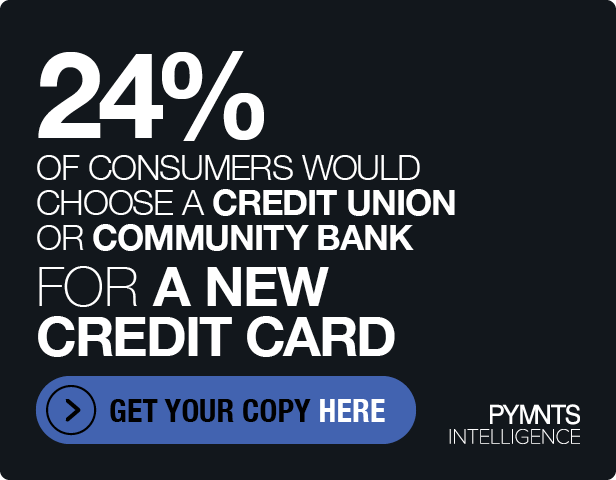An Insider on Why Instant Checkout Is a Deal-Maker for Consumers

Four out of five Americans are interested in faster options to pay businesses for goods and services — an interest that is likely to grow, says Senior Vice President Peter Davey of The Clearing House, especially as the trend toward self-checkout rises.
An interview with Peter Davey, senior vice president and head of the Innovation Lab at The Clearing House, about the pros and cons of various faster payment systems.
—
A faster checkout experience is at the top of customers’ minds when choosing which stores to patronize. Consumers are flooded with options for shopping, both in-store and online and have become more discriminating about their retail experiences. Retailers, in turn, are offering a range of checkout options with which to accelerate their payments.
“What you’re seeing now is kind of first-generation capabilities being taken out in favor of second- and third-generation capabilities, which include more technology like [radio-frequency identification] scanning or QR code scanning,” Davey said. “[Retailers] are [also] starting to look for opportunities to cut costs and create better security in terms of the payout and checkout capabilities.”
Accelerating payments is not without its risks, including store security for brick-and-mortar merchants. Some of the systems that accelerate consumer payment experiences also open the doors to shoplifting and other fraud, especially if retailers implement them without compensating for their potential drawbacks.
“[Retailers] that have implemented security cameras around the various different areas and have artificial intelligence in the background can track people through the stores, so you’re seeing lower fraud rates in those types of situations. For the ones that just implemented instant payments by just letting a person up front manage 17 checkout lines, they’re going to miss something.”
As long as retailers take potential security risks into account, the potential upsides of offering faster payments are near-limitless. Other business sectors are seeing success with payment acceleration as well, especially after the pandemic-related social distancing and stay-at-home restrictions accustomed consumers to new payment technologies.
“I thought that QR codes were ultimately dead before the pandemic because nobody was adopting them, but the pandemic actually allowed people to get comfortable with the QR code and scan-it-yourself types of technologies. If they’re doing it in restaurants, why wouldn’t they do it in shopping centers? And it’s a lot easier if you [include] a loyalty app. Once you’ve scanned everything, you’ve already got your card loaded into it: Click pay, and you’re done.”

